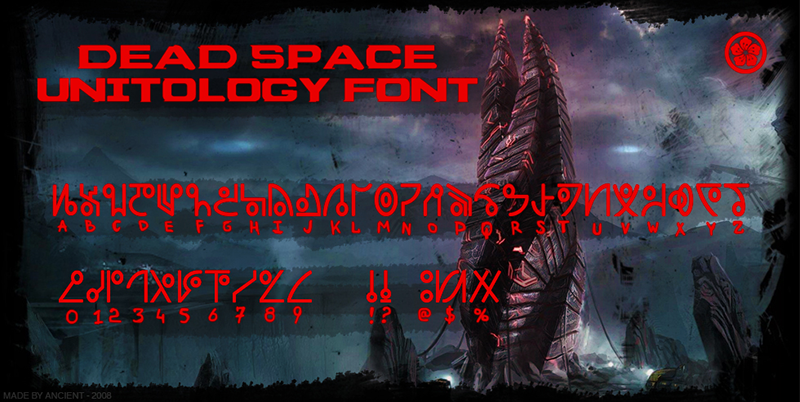
Thus in (1) “below” and “above” only hold for “you” and “me”, respectively, and in (2), “he will rejoice” holds under the condition that “he finds the sheep”. In natural languages, almost all illocutions (assertions, questions and commands) have restricted universes of discourse ( Dahl 1975: 50) and selective constituents are one possibility to make restrictions of illocutions explicit. Selectivity includes contrast, but is more comprehensive, it also embraces conditional clauses, as in (2).

The underlying idea is that a crucial – but admittedly vague – function of selectives is to indicate that the main predicate only applies partially – only with respect to the selective-marked constituent – not unrestrictedly. Readers of earlier versions of this work have dissuaded me from using the term “topic marker”, which is why I am launching the new term “selective” here (somewhat reluctantly: I will retain the conventional gloss top). ‘… if he happens to find the sheep, he will rejoice…’ Yonggom: “topic marker” on clausal constituent (conditional) in non-contrastive context

Despite the frequent occurrence of selectives on conditional clauses, selectives tend not to be conditional connectives unless this happens to be their grammaticalization source. It is further found that selectives tend to occur at the end of the constituent which they have scope over where there is minimal risk of scope ambiguity. No postposed subordinate clauses attract selectives. Selectives in subordinate clauses are distributed following a tendency scale (no strict hierarchy, but no blatant exceptions): general relative clauses rank highest followed by conditional and temporal clauses with concessive and purpose clauses ranking lowest.

The results indicate that, despite much crosslinguistic diversity, the distribution of selectives across subordinate clauses is strongly constrained. In a second step, it is explored how this set of markers is used across 19 subordinate clause domains.

First, a set of selectives in 81 languages from all continents is compiled on the basis of their occurrence with emphatic personal pronouns in contrast constructions. This typological study based on data from a parallel text corpus is a two-step investigation of selectives (“topic markers”).


 0 kommentar(er)
0 kommentar(er)
